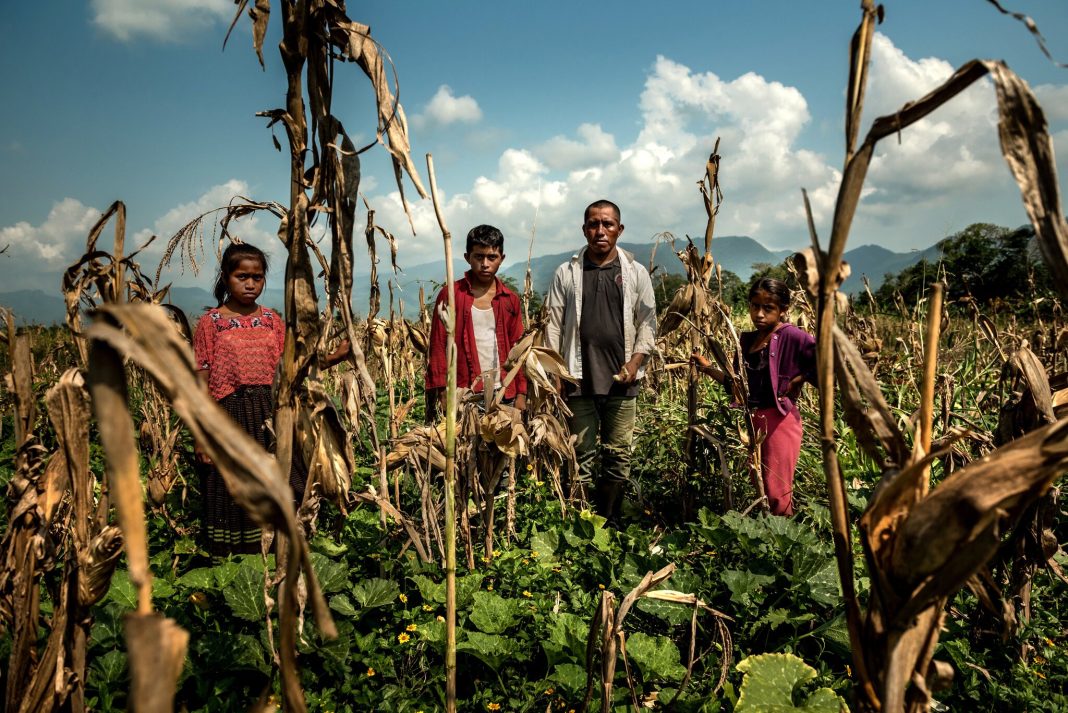In the shadow of the escalating climate crisis, a human tragedy unfolds—a narrative of displacement and despair, often overlooked amid debates on carbon emissions and renewable energy. Climate refugees, the individuals and communities forced to flee their homes due to climate-induced alterations, embody the most immediate and personal impact of climate change. This article delves into the plight of climate refugees, exploring the causes, consequences, and the urgent need for global recognition and action.

Understanding Climate Refugees
Climate refugees are people displaced by climate change impacts such as rising sea levels, extreme weather events, and prolonged droughts. Unlike traditional refugees, who flee their homes due to conflict or persecution, climate refugees are pushed out by environmental conditions that make their living areas uninhabitable or economically unsustainable.
The Scale of the Crisis
The Internal Displacement Monitoring Centre reports that in 2020 alone, weather-related disasters—not including slow-onset events like droughts—displaced 30 million people. With global temperatures continuing to rise, the World Bank predicts that by 2050, there could be as many as 143 million climate migrants from Sub-Saharan Africa, South Asia, and Latin America.
The Stories Behind Statistics
The statistics are staggering, but the personal stories are heart-wrenching. In the Pacific, entire communities on islands like Kiribati and Tuvalu face existential threats from rising sea levels, with some already making the painful decision to relocate. In sub-Saharan Africa, farmers and herders confront expanding deserts and dwindling water supplies, sparking conflict and mass migration.
Legal Limbo
One of the most pressing issues facing climate refugees is the lack of legal recognition. The 1951 Refugee Convention does not cover individuals fleeing environmental crises, leaving climate refugees in a legal limbo, with no international protection or rights typically afforded to refugees.
The Role of Developed Nations
Developed countries, historically the largest contributors to carbon emissions, face a moral imperative to aid those affected by the consequences of these emissions. Yet, international response has been tepid, with debates on definitions and responsibilities overshadowing urgent action.
The Path Forward: Recognition, Adaptation, and Mitigation
Recognizing Climate Refugees
Acknowledging the existence and rights of climate refugees is the first step toward addressing this crisis. This involves expanding the legal frameworks to include protections for individuals displaced by environmental changes.
Supporting Adaptation
Investing in adaptation measures in vulnerable regions can reduce the impact of climate change and decrease the likelihood of displacement. This includes building resilient infrastructure, improving agricultural practices, and managing natural resources sustainably.
Mitigating Climate Change
Ultimately, the most effective way to address the issue of climate refugees is to tackle the root cause—climate change itself. This requires global cooperation to reduce greenhouse gas emissions, transition to renewable energy, and uphold the commitments made under the Paris Agreement.
Conclusion
Climate refugees represent the human face of climate change—a stark reminder that the impacts of a warming planet extend beyond environmental degradation to touch the lives of millions of people. Their plight demands immediate attention, compassion, and action from the global community. As we move forward, it is imperative that we integrate human displacement into the climate change discourse, ensuring that those most affected are not forgotten but are at the heart of our efforts to forge a sustainable future.
The crisis of climate refugees is not just an environmental issue; it is a humanitarian one, calling for a unified response that transcends borders, politics, and cultures. In facing this challenge, we have the opportunity to reaffirm our shared humanity and commitment to a just and equitable world.

